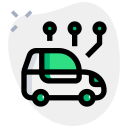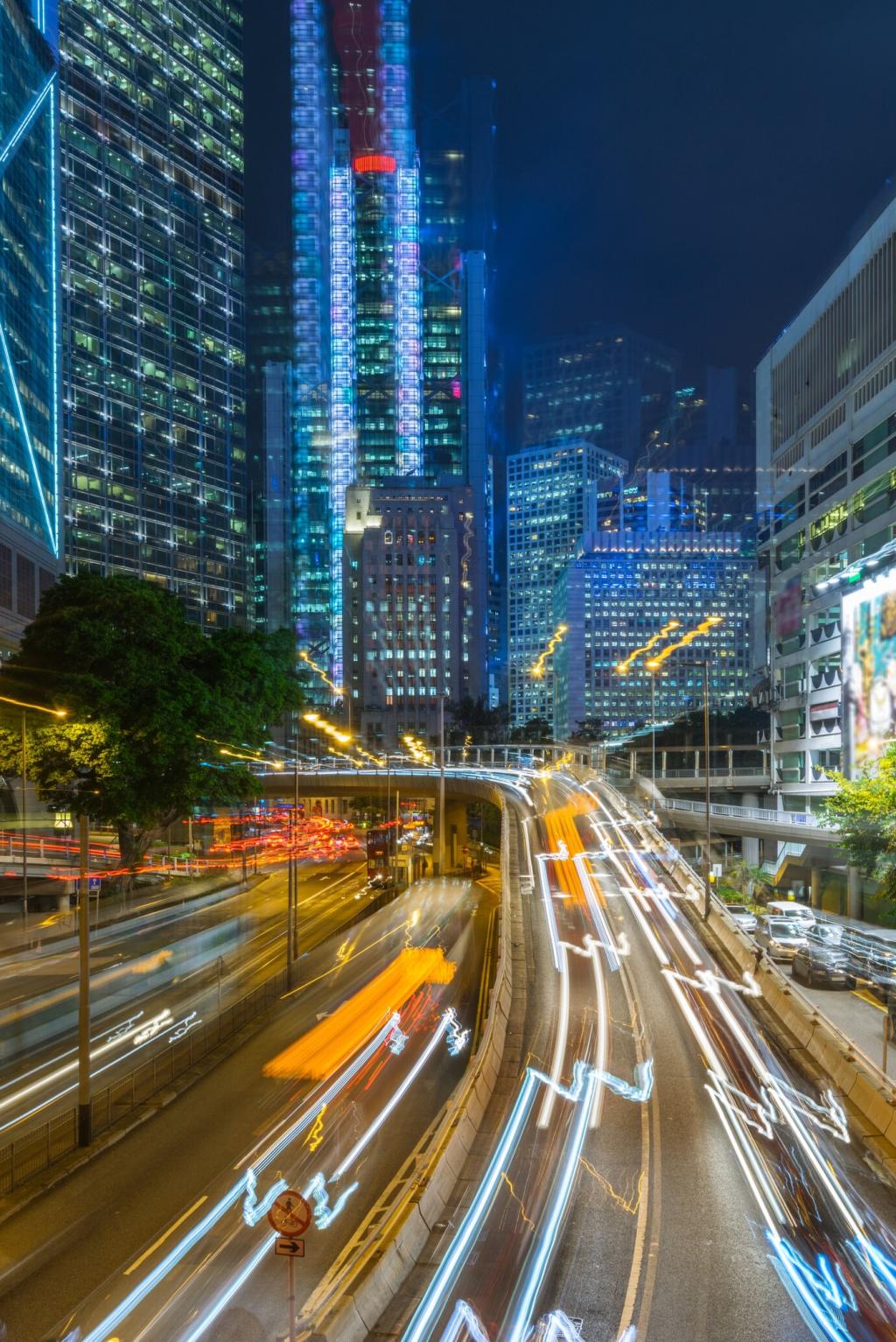Computer Vision for Safety and Inspection
Edge cameras detect trespass, platform hazards, and vegetation encroachment, escalating only verified events. One network halved nuisance alarms by blending thermal and visible cues. Would your stations accept default privacy-preserving blur during analytics to maintain trust while improving safety outcomes?
Computer Vision for Safety and Inspection
High-speed portals scan brake pads, couplers, and roof equipment while trains roll through, using multi-view models for precise detection. Maintenance teams replaced nightly walkarounds with targeted interventions. Could this approach free scarce expert time and shorten dwell without compromising safety standards?


